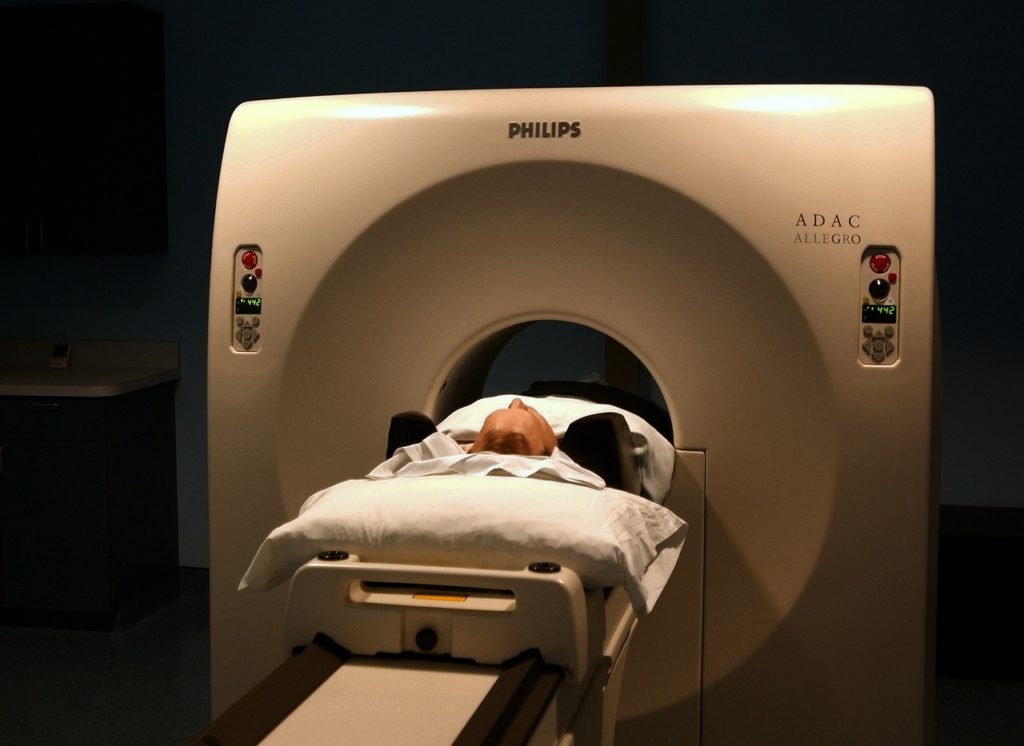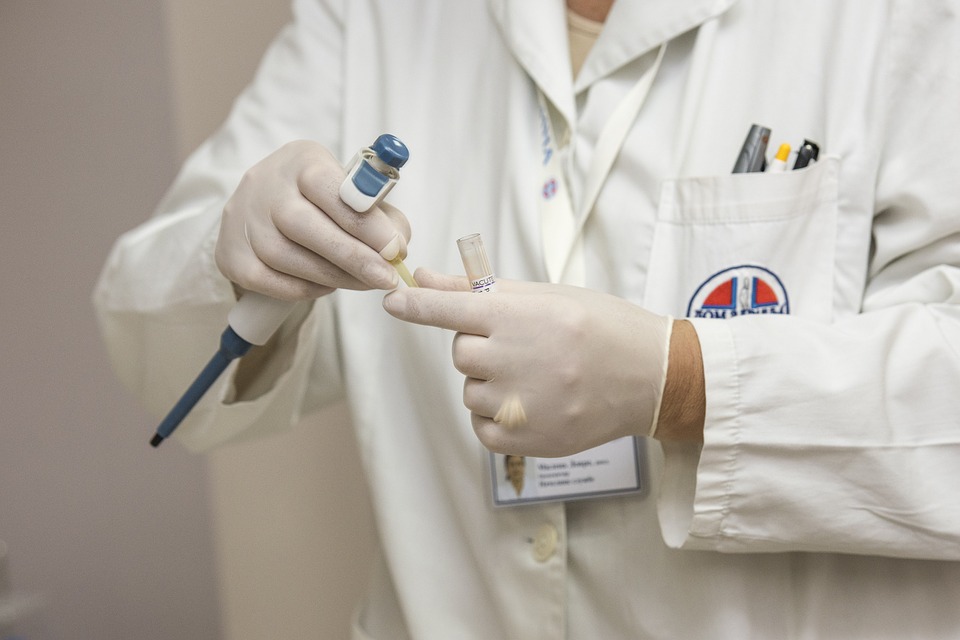Medical Imaging In Radiology – Role in Public Health
As per the World Health Organization (WHO), medical imaging in radiology plays a pivotal role in improving public health for all population groups.
Your radiologist is a physician who diagnoses and treats diseases/conditions by interpreting data from medical imaging techniques such as X-Ray radiography, ultrasound, Computed Tomography (CT), Positron Emission Tomography (nuclear medicine), and Magnetic Resonance Imaging.

The radiologist also uses the guidance of medical devices in performing minimally invasive surgeries, a method called interventional radiology.
Medical imaging is now common practice in many prior and post-operation medical procedures as it serves as strong evidence for or against your medical doctor’s hypothesis of your ailment and helps in monitoring your post-op condition.
Imaging also improves medical decision-making drastically, in turn, increases chances of the patient’s survival.
Medical imaging needs constant evolution in terms of technology, funding, policy-making and industrial initiative.
Information For Public
Effective decisions are paramount for public health, preventive medicine, and curative medicine. Although the physician’s or clinician’s judgment might be sufficient in many cases, X-Ray and ultrasonography still are two of the most crucial diagnostic imaging services at all levels of healthcare. This is because imaging devices are helping in confirming, accurately assessing, and documenting disease processes and also in judging the disease’s response to the prognosis.
The advancement in imaging technology and availability of resources has catapulted the role of diagnostic imaging in healthcare further.
There are several key points about the usage of these devices that the public needs awareness on.
Should Your Neighbourhood Have Imaging Facilities?
Yes. Diagnostic imaging services ought to be developed as an integral part of national health care systems and be planned as per the region’s needs. Clean facilities with advanced technologies should be incorporated into every hospital facility. If you do not find adequate or any diagnostic centers in your region, you can forward a petition in the public domain for information.
What Are Prerequisites For Medical Imaging Services?
- All member governments are expected to adhere to UN’s international standards while establishing services and protocols.
- All technologies, services, and devices should confirm to the level of the healthcare system at which they are provided.
- Devices ought to be provided to the fullest potential and availability of therapeutic capabilities in that region.
- Governments need to be committed and supportive of integration of diagnostic imaging services.
- A national radiation protection control authority is deemed necessary for quality control and safety check of imaging devices.
- All imaging centers and the devices products must comply with national regulations on medical devices and radiation protection.
- Inventory and needs assessment; upgrade, repair and maintenance of existing facilities; and the establishment of new services are necessities for maintaining continual services.
Induction of trained medical, technical and engineering staff; availability of radiation protection measurements and regulations, especially for CT and fluoroscopy; and a stockpile of clean water, electric power, spare parts, and consumables are UN-specified requirements.
Conventional & Latest Imaging Technologies
The WHO details a list of conventional and modern imaging technologies, as well as uncommon devices.
Conventional Radiography: X-Rays are one of the most commonly used technologies to visualize internal structures of the patient’s musculoskeletal structure. It analyzes diseases, fractures, syndromes and other medical conditions using an x-ray tube, a sensitive film, and a detector. The image produced is displayed in 2D format.
Lung pathologies, fractures and dislocations, abdominal obstruction and dental pathologies are screened using X-Rays.
X-Rays are administered by adhering to strict radiation dosage protocols.
Fluoroscopy, Angiography, Mammography, Computed Tomography, Ultrasound and Ultrasound/Doppler, Magnetic Resonance Imaging, and Nuclear Medicine are some of the other conventional and modern imaging methods used.


